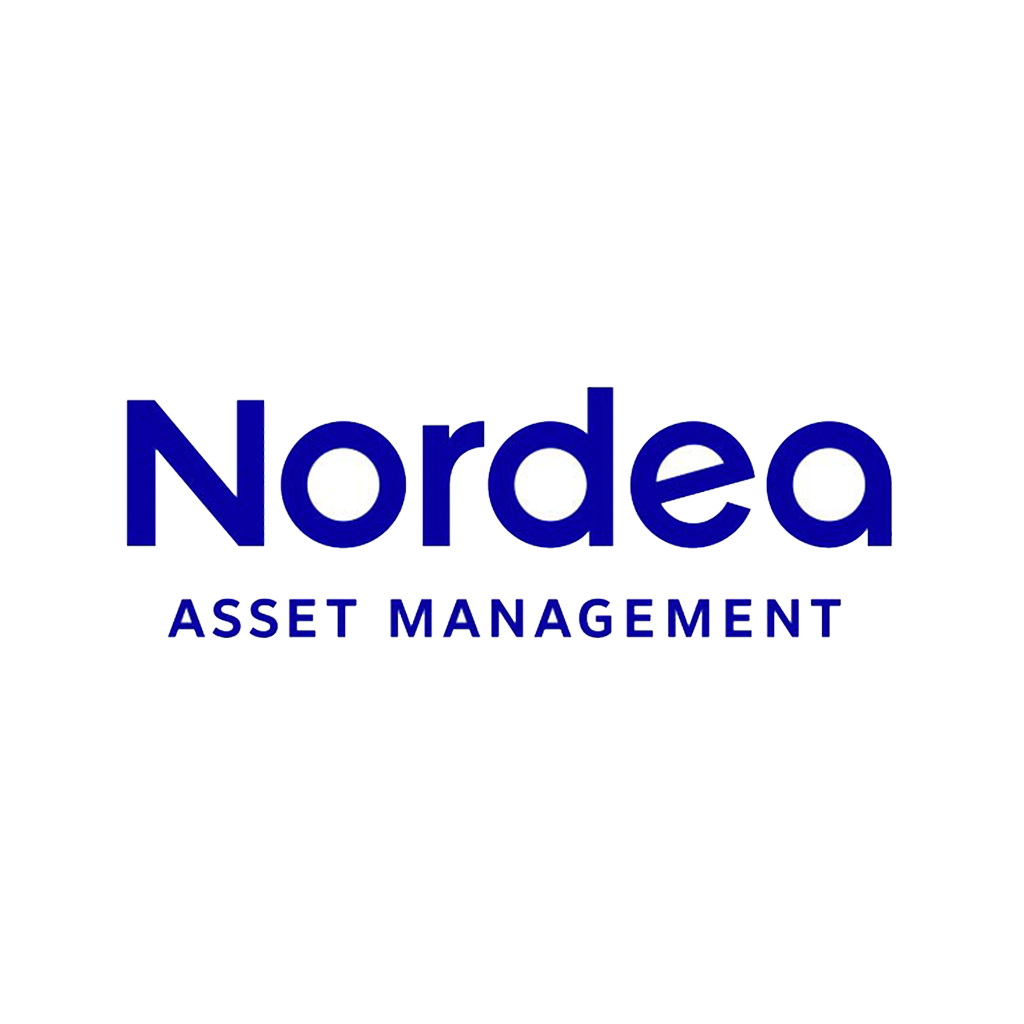
Nordea Asset Management
Nordea Asset Management is a global asset manager in the Nordics headquartered in Copenhagen with 18 offices globally across Europe, the Americas, and Asia. It joined the Net Zero Asset Managers Initiative on 11 December 2020 and its initial target disclosure was published on 1 November 2021.
Percentage of assets covered by the Net Zero Asset Managers Commitment Statement
17.5% of total AUM (USD $55.4 billion)
Information on interim target(s) covering the proportion of assets to be managed in line with net zero
Baseline(s):
Portfolio decarbonisation reference baseline
The baseline for top-down emissions targets is determined based on the 31 December 2019 carbon footprint (tCO2e/mUSD invested) of each investment strategy’s benchmark or reference index, making adjustments for differences in sectoral and geographical exposures where appropriate. The overall AUM-weighted average baseline value of the benchmarks is 65.9 tCO2e/mUSD. The AUM-weighted carbon footprint (and hence performance against targets) of the investment strategies themselves was 41.2 tCO2e/mUSD.
At 31 December 2019, the extent of alignment across NAM’s top-200 contributors to financed emissions in listed equity was as follows: “Aligned” investments accounted for 0.4%; “Aligning” investments accounted for 9%; and “Committed” investments accounted for 15%.
Target(s):
Engagement threshold target
Asset alignment / engagement “bottom-up” targets for 2025: NAM sets a 2025 target to increase 1.5°C alignment among the top-200 contributors to NAM’s aggregated financed emissions in listed equity. These issuers currently account for ~90% of NAM’s financed emissions in listed equity. All are categorized as either: a) “Aligned with 1.5°C”; b) “Aligning with 1.5°C”; c) “Committed to aligning with 1.5°C”; or d) “Not aligning”.
Portfolio coverage target
NAM’s target is to increase the share of investments in categories (a)-(c), measured in terms of the share of financed emissions that they represent. Specifically, the target is to increase the share “Aligned” investments to 7%, increase the share of “Aligning” investments to 15% and increase the share of “Committed” investments to 21%. Additionally, NAM sets a 2025 target for 80% of these 200 issuers to be either categorized as “Aligned” or else be subject to engagement to become aligned. This target will increase to 100% by 2030.
Portfolio decarbonisation reference target
“Top-down” emissions reference targets for 2030: Each investment strategy in scope (i.e., every individual portfolio counted in the 58% of listed equity AUM) is subject to a strategy-specific carbon footprint target for 2030, expressed in terms of tCO2e/mUSD invested. The precise target value for any given investment strategy varies depending on the investment universe and composition of the strategy, but the AUM-weighted average target value is currently 34.5 tCO2e/mUSD, equivalent to a 48% reduction relative to the benchmark intensity in the baseline year.
GHG scopes included:
Top-down targets are based on a financed emissions metric which includes Scope 1 & 2, but not Scope 3. The data coverage ratio for the % of AUM that is managed in line with net zero is 97%. Scope 3 emissions data is included in the bottom-up assessments of issuers’ 1.5°C alignment for the purposes of NAM’s engagement/bottom-up targets.
Methodology:
Net Zero Investment Framework
Scenario(s):
IPCC special report on global warming of 1.5°C P2 & One Earth Climate Model (OECM)
Additional information
Proportion of AUM committed:
The portfolios initially to be managed in line with net zero represent 58% of NAM’s listed equity AUM. Other asset classes were not included due to lack of sufficient data coverage and/or adequate target methodologies. NAM will pursue further methodological development to enable also these asset classes to be managed in line with net zero in future. For corporate bonds, which can be subject to the same methodology as equities, NAM will work to enhance data coverage and modelling capabilities to enable this asset class to be managed in line with net zero in future. For the remaining 42% of listed equity AUM, these will be considered for future management in line with net zero when this would be compatible with NAM’s client mandates and how relevant products are marketed and sold. NAM will continue to engage clients to increase inflows to strategies that are managed in line with net zero.
Policy on coal and other fossil fuel investments:
Yes, applied to all AUM: https://www.nordea.com/en/doc/namripolicy2021260521.pdf.
Also applied to all AUM managed in line with net zero: https://www.nordea.com/en/doc/nam-fossil-fuel-policy.pdf
Further information:
Target setting: Notable methodological choices that NAM has made include:
• The use of a sector and geography-adjusted “custom baseline” approach to determine the baseline values for carbon footprint targets for investment strategies where this was deemed feasible, in order to eliminate sectoral and geographical biases and prioritise real world emissions reductions over sector allocation effects
• The use of sector- and geography-specific decarbonisation pathways, primarily based on the One Earth Climate Model (OECM)
NAM’s target-setting methodology has been calibrated such that, when applied to a broad reference index such as MSCI All Country World Index (ACWI), it requires a 50% reduction in the carbon footprint by 2030 for that index. It also includes a regional and sectoral differentiation (based primarily on OECM) which means that when it is applied to an investment strategy with relatively more exposure to sectors/regions that need to achieve a higher share of decarbonisation, it requires a >50% reduction and vice versa, for a strategy with relatively less exposure to such sectors/regions.